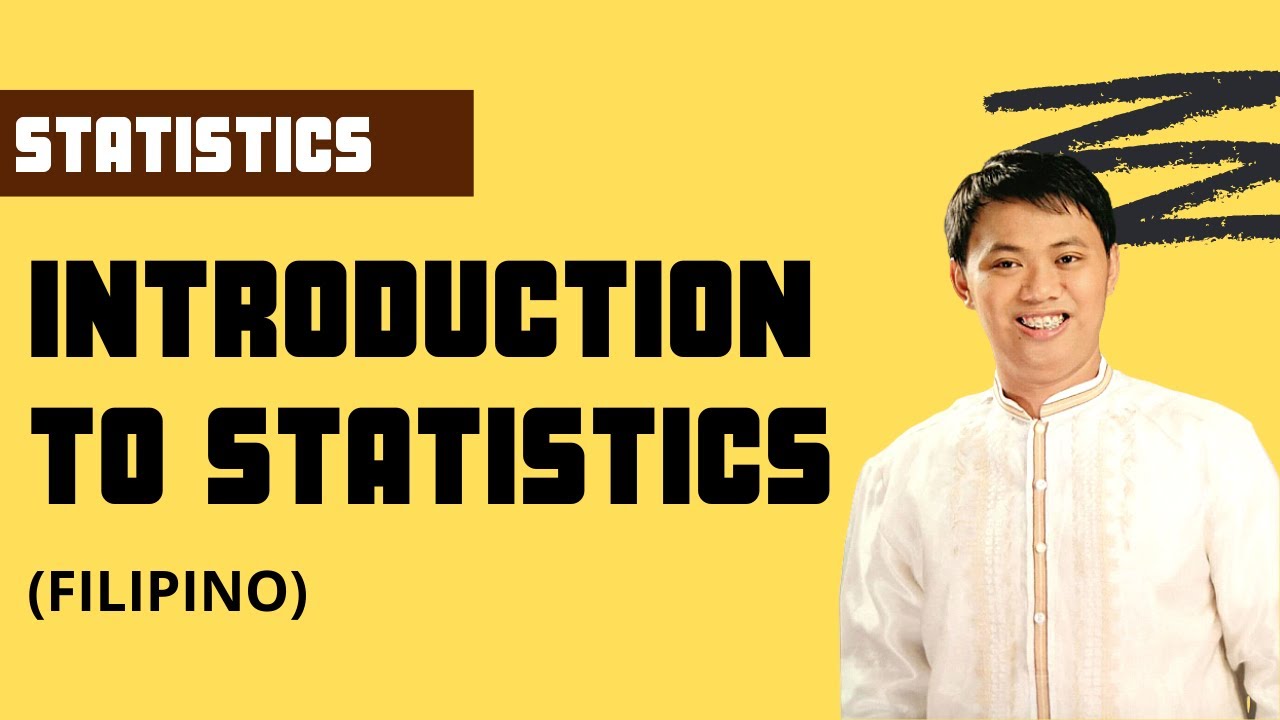Metode Numerik Pertemuan Regresi Linier
Summary
TLDRIn this lecture, Bundu Nugroho introduces the concept of linear regression and its applications across various fields, including social sciences, economics, and engineering. He explains the purpose of regression analysis for predicting or estimating future data trends. The lecture covers the mathematical concepts behind linear regression, error calculations, and how to derive the regression line using methods like the least squares method. Additionally, the speaker walks through a practical example and demonstrates how to compute the regression equation and correlation coefficient, emphasizing the importance of using tools like Excel for calculations.
Takeaways
- 😀 Regression analysis is used for prediction and forecasting in various fields, including engineering, economics, and social sciences.
- 😀 In social sciences, regression can predict population growth based on historical data.
- 😀 In economics, regression helps measure the impact of promotional activities on sales.
- 😀 In engineering, regression can estimate material strength based on various factors.
- 😀 The script introduces different types of regression, such as linear, nonlinear, and polynomial regression.
- 😀 Linear regression uses the equation y = a + bX, where 'a' is the intercept and 'b' is the slope of the line.
- 😀 In linear regression, the goal is to minimize the error (residuals) between the predicted and observed values.
- 😀 The least squares method is used to minimize the sum of squared errors, leading to optimal values for 'a' and 'b'.
- 😀 The coefficient of correlation (R) helps measure how well the regression line fits the data, with values closer to 1 indicating a better fit.
- 😀 An example is provided to show how regression is applied, including calculating the line of best fit for a given set of data points.
- 😀 To calculate the regression coefficients 'a' and 'b', you need to perform operations on the sums of the data values, including squaring the data and calculating averages.
Q & A
What is the purpose of linear regression analysis?
-Linear regression analysis is used to predict or estimate a variable based on its relationship with one or more other variables. It helps in understanding trends and making forecasts in various fields like social sciences, economics, and engineering.
Can linear regression be applied outside of engineering? Provide examples.
-Yes, linear regression can be applied in many fields. For instance, in social sciences, it is used to predict population growth, and in economics, it helps in assessing the impact of promotions on sales.
What are the different forms of regression covered in the lecture?
-The lecture discusses three main forms of regression: Linear Regression (y = a + bx), Nonlinear Regression (y = ae^(bx) or y = ax^b), and Polynomial Regression (y = a + a1x + a2x^2 + ... + anxn).
What is the method used in linear regression to minimize the error?
-The method used is the least squares method. It minimizes the error by finding the line that best fits the data, where the sum of squared differences between the observed and predicted values is as small as possible.
Explain the concept of error (residual) in regression analysis.
-In regression analysis, the error (or residual) is the difference between an observed value and the value predicted by the regression model. It represents the discrepancy between the actual data and the predicted model.
What is the formula for calculating the coefficients 'a' and 'b' in the linear regression model?
-The coefficients 'a' (intercept) and 'b' (slope) are calculated using the following formulas: - a = (Σy - bΣx) / n - b = (nΣ(xy) - ΣxΣy) / (nΣx^2 - (Σx)^2)
How is the goodness of fit measured in linear regression?
-The goodness of fit in linear regression is measured using the coefficient of determination (R²). A higher R² value indicates a better fit of the regression line to the data points.
What is the formula for calculating the coefficient of correlation (R)?
-The coefficient of correlation (R) is calculated using the formula: R = √[(Σ(yi - ŷi)²) / (Σ(yi - ȳ)²)], where 'yi' are the observed values, 'ŷi' are the predicted values, and 'ȳ' is the mean of the observed values.
Why is it important to calculate the correlation coefficient in regression analysis?
-The correlation coefficient helps to evaluate how well the regression line fits the data. A higher R value (closer to 1) means a stronger relationship between the variables, indicating a more accurate model.
In the example problem, what is the role of Microsoft Excel in performing the regression analysis?
-Microsoft Excel is used to facilitate the calculations required for regression analysis, such as computing sums, averages, and applying the formulas for coefficients and the correlation coefficient. It helps automate the process, making it easier for students to perform the analysis.
Outlines

This section is available to paid users only. Please upgrade to access this part.
Upgrade NowMindmap

This section is available to paid users only. Please upgrade to access this part.
Upgrade NowKeywords

This section is available to paid users only. Please upgrade to access this part.
Upgrade NowHighlights

This section is available to paid users only. Please upgrade to access this part.
Upgrade NowTranscripts

This section is available to paid users only. Please upgrade to access this part.
Upgrade NowBrowse More Related Video

Paper-I, Topic-1.2-Relationships with other Disciplines

Introduction to Statistics - Statistics

Pengertian Ilmu Antropologi

Matematika Ekonomi (Pertemuan 1 / Konsep Matematika dalam Ekonomi)

DISS Quarter 1 Week 1-2 Grade 11 - The Nature and Functions of Social Science Disciplines

INSTITUTIONALISM | CONCEPTS AND PRINCIPLES OF SOCIAL SCIENCES | DISS MODULE 8 | SHS SPECIALIZED
5.0 / 5 (0 votes)